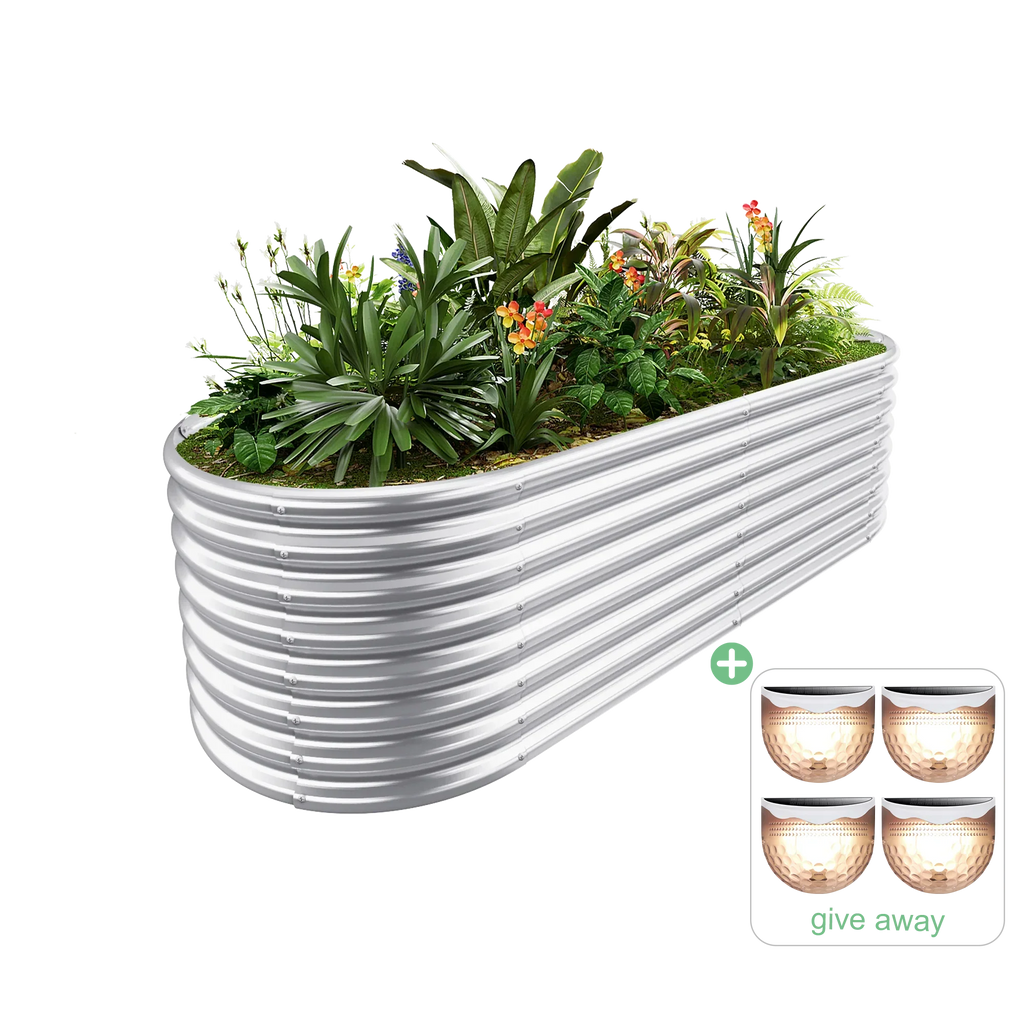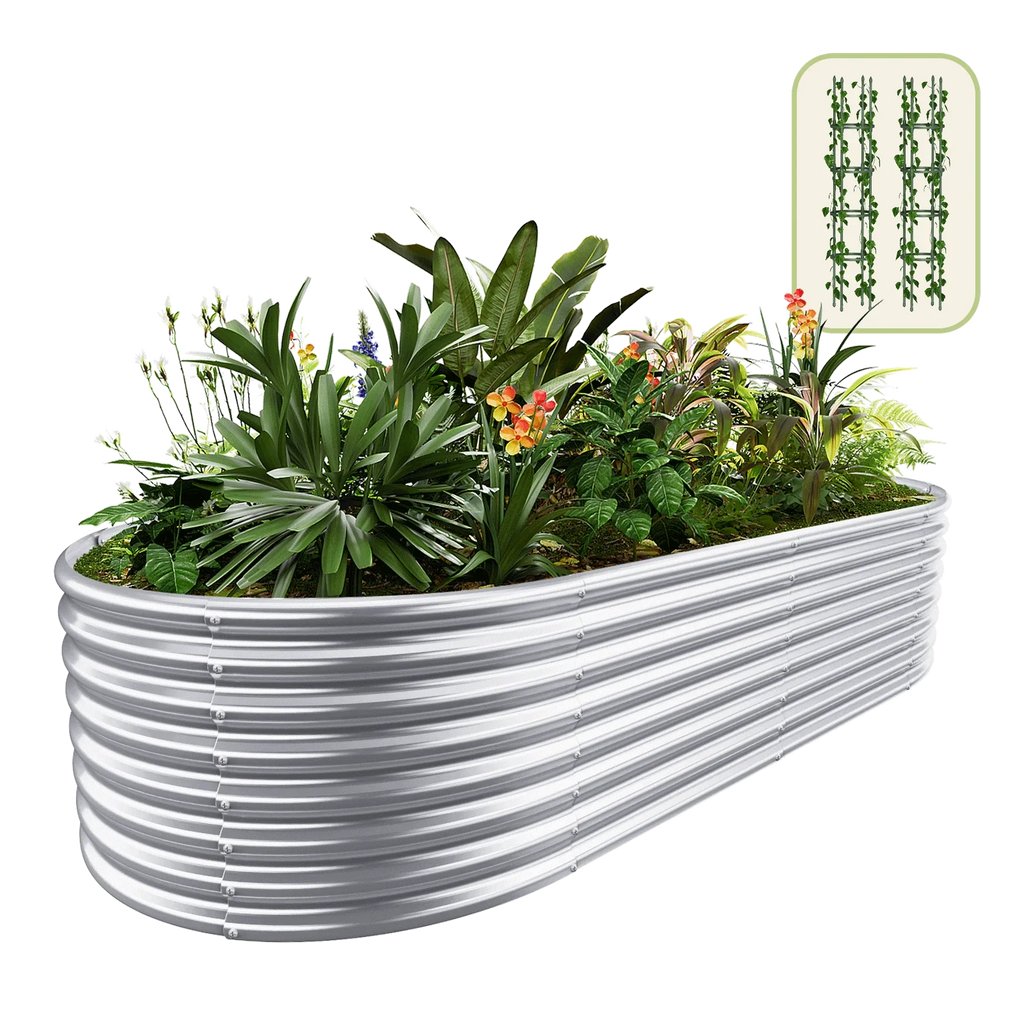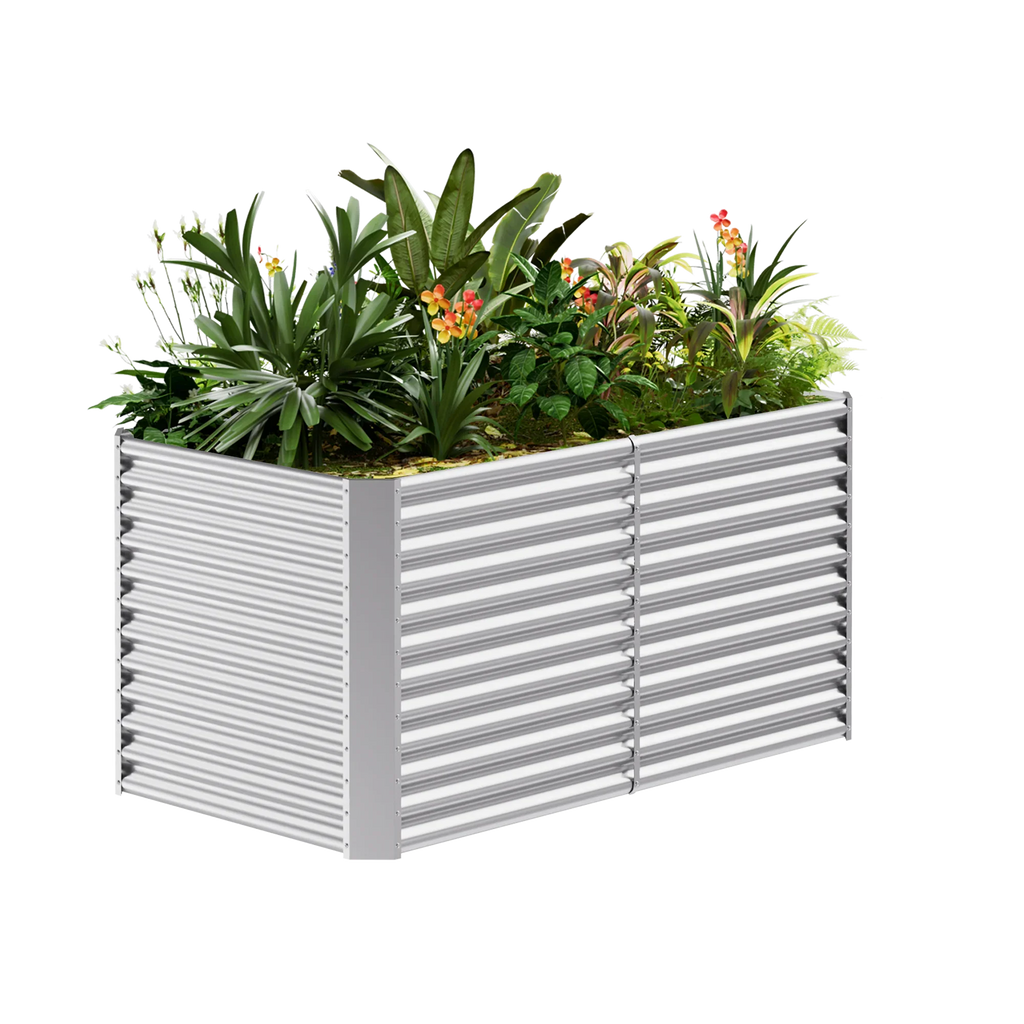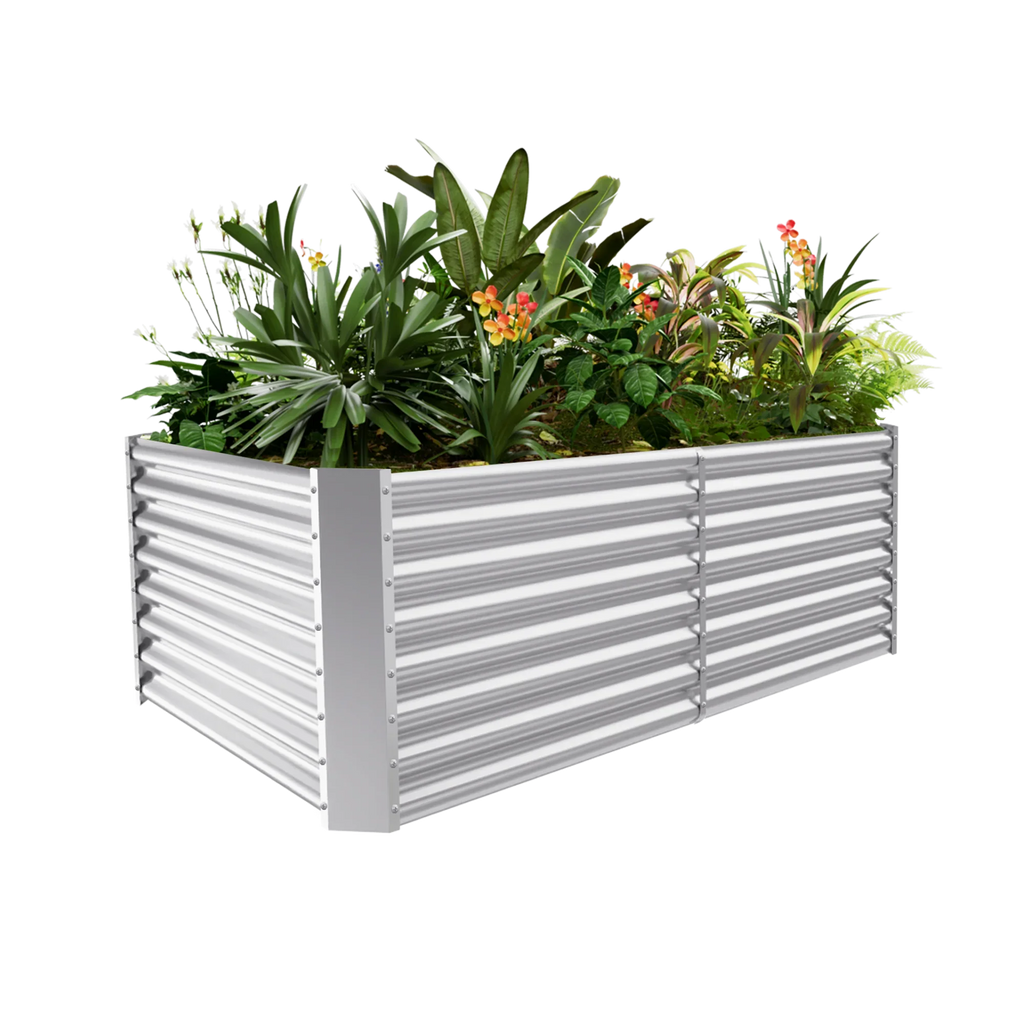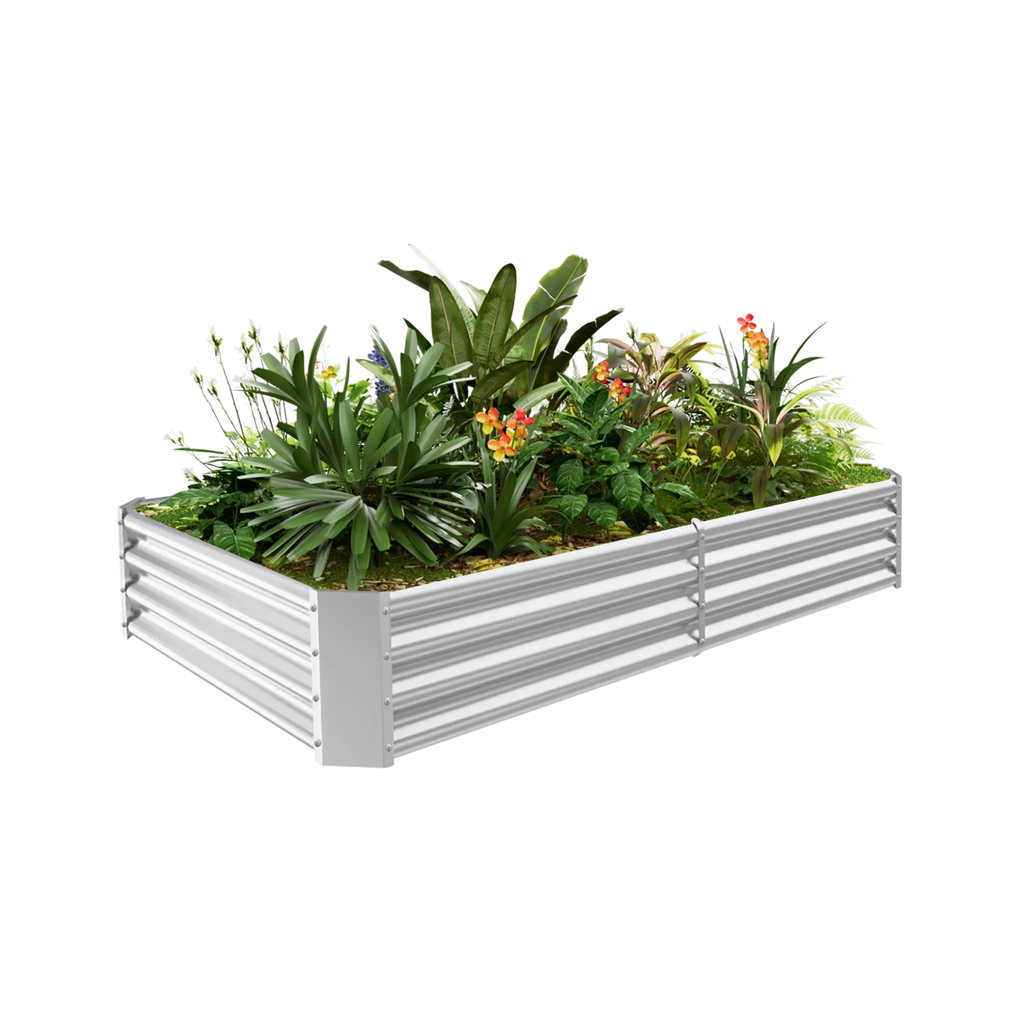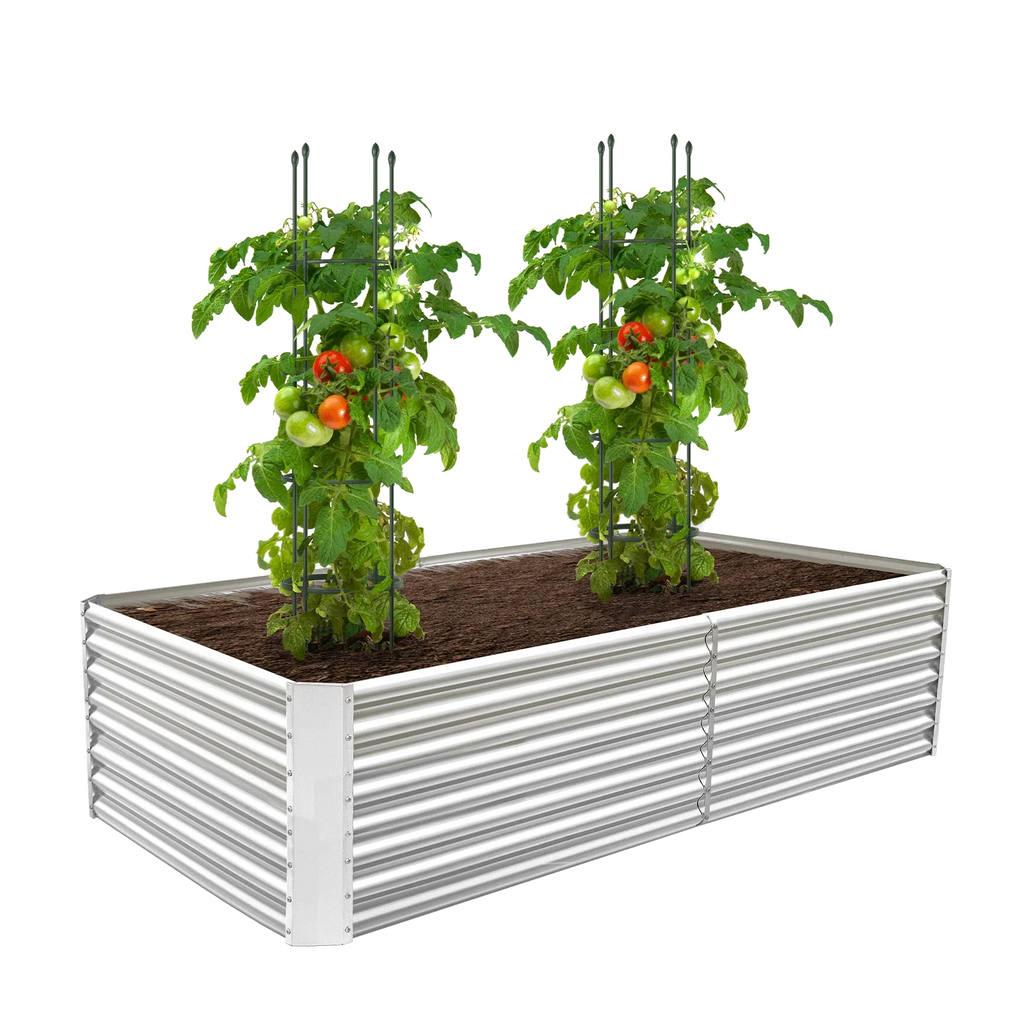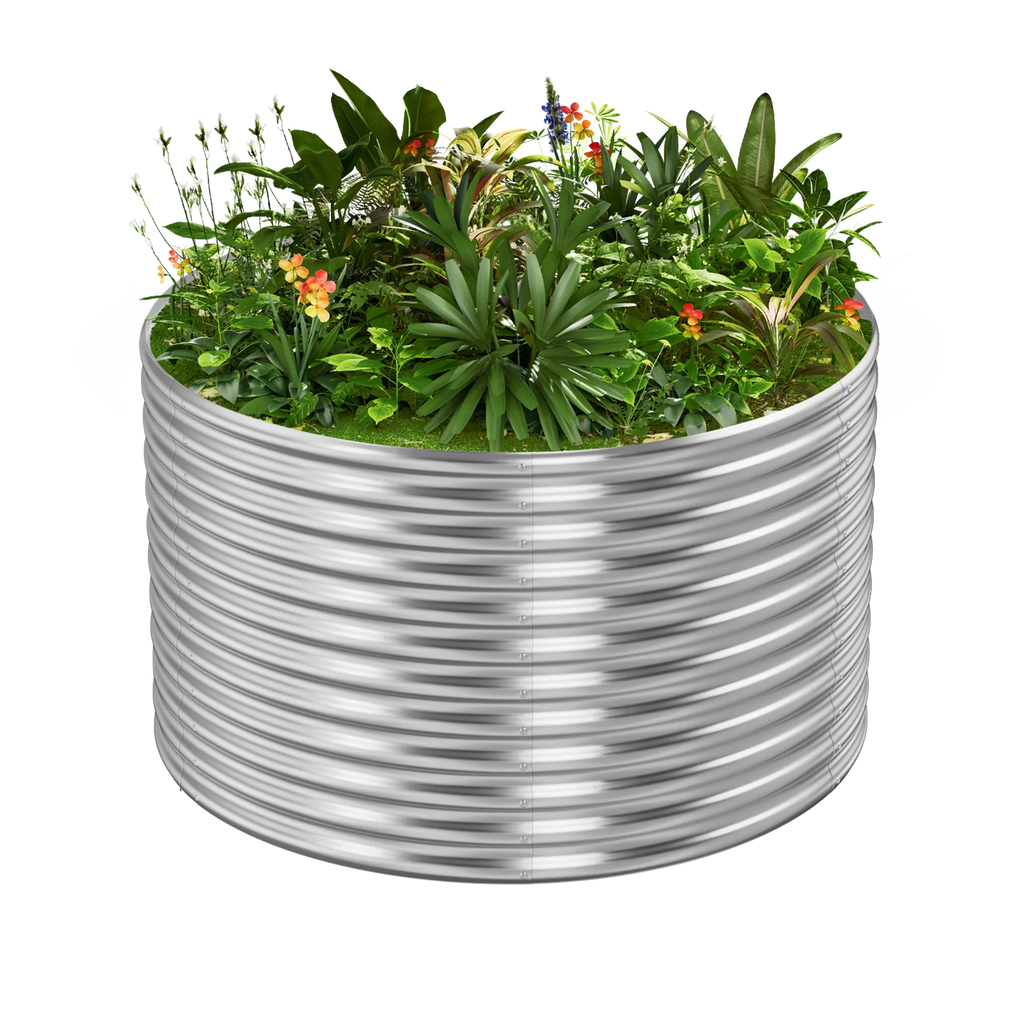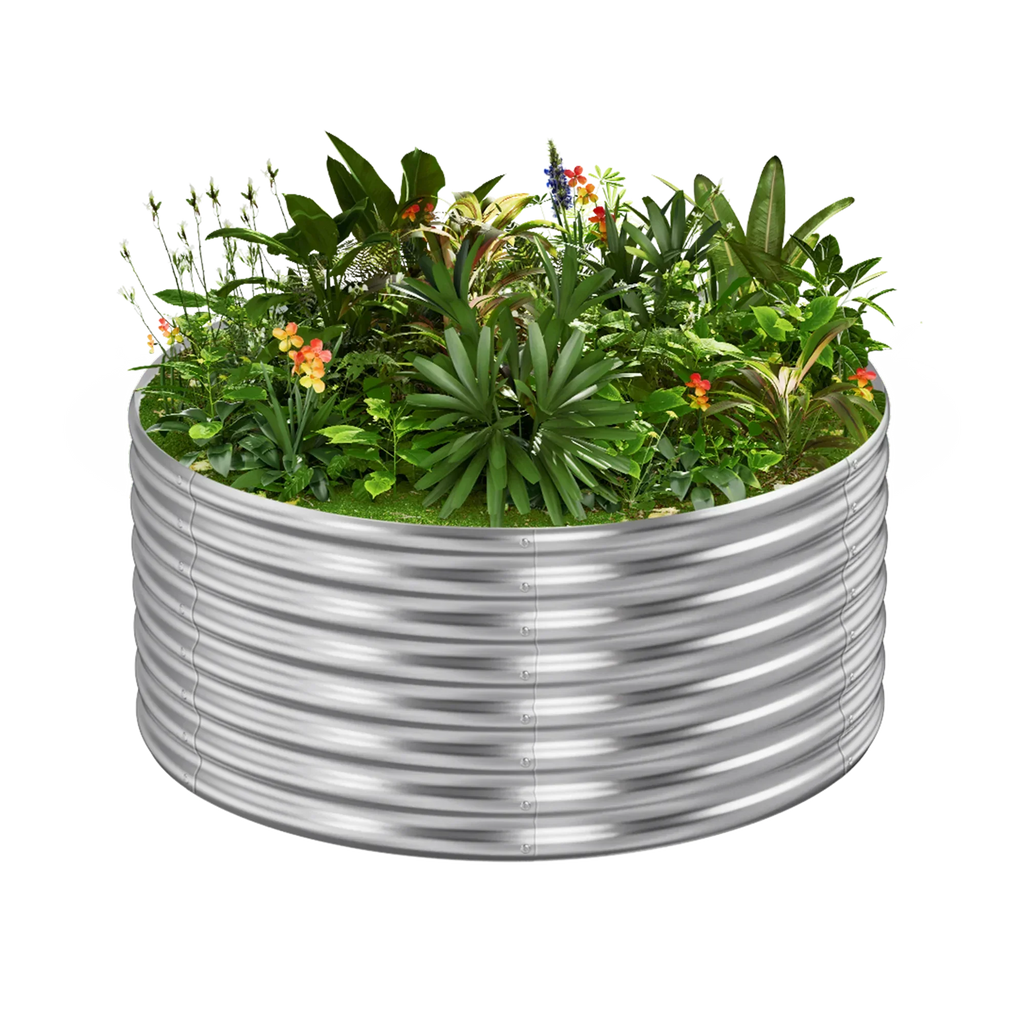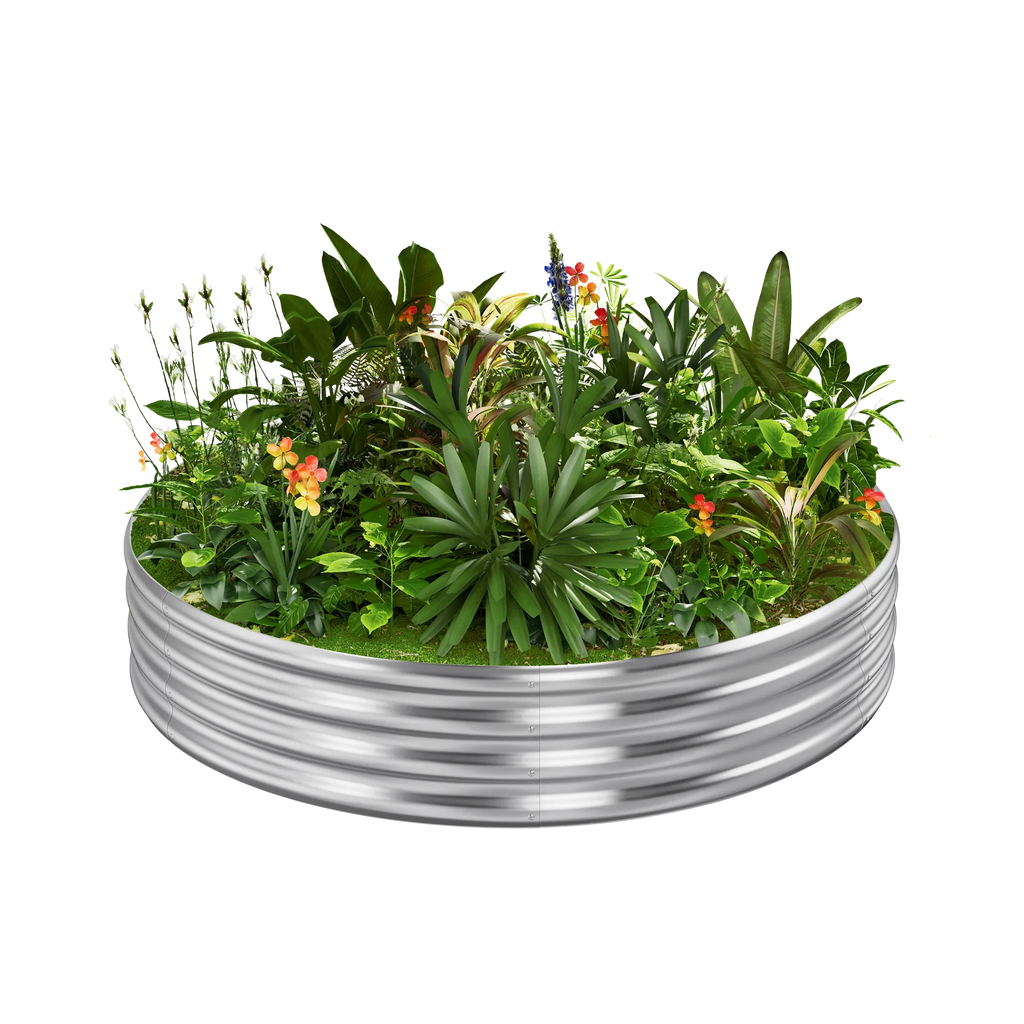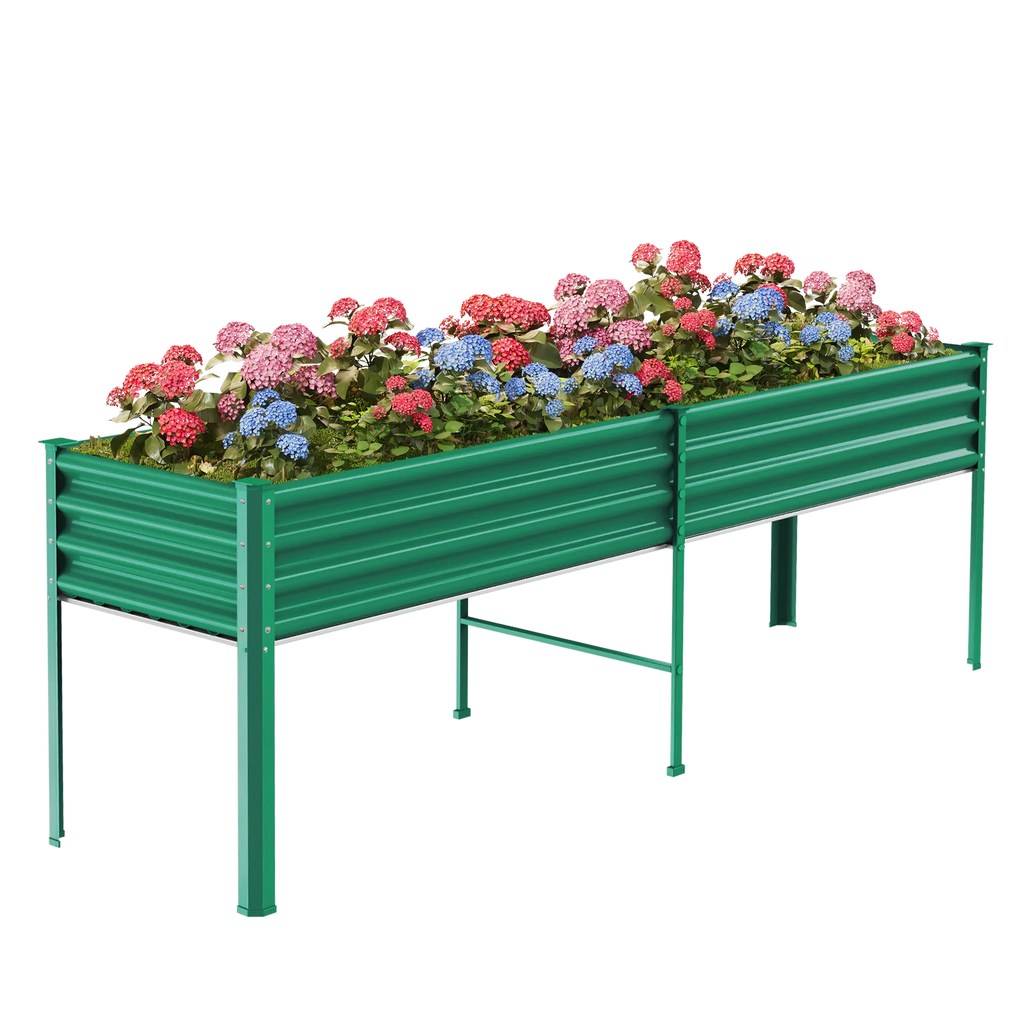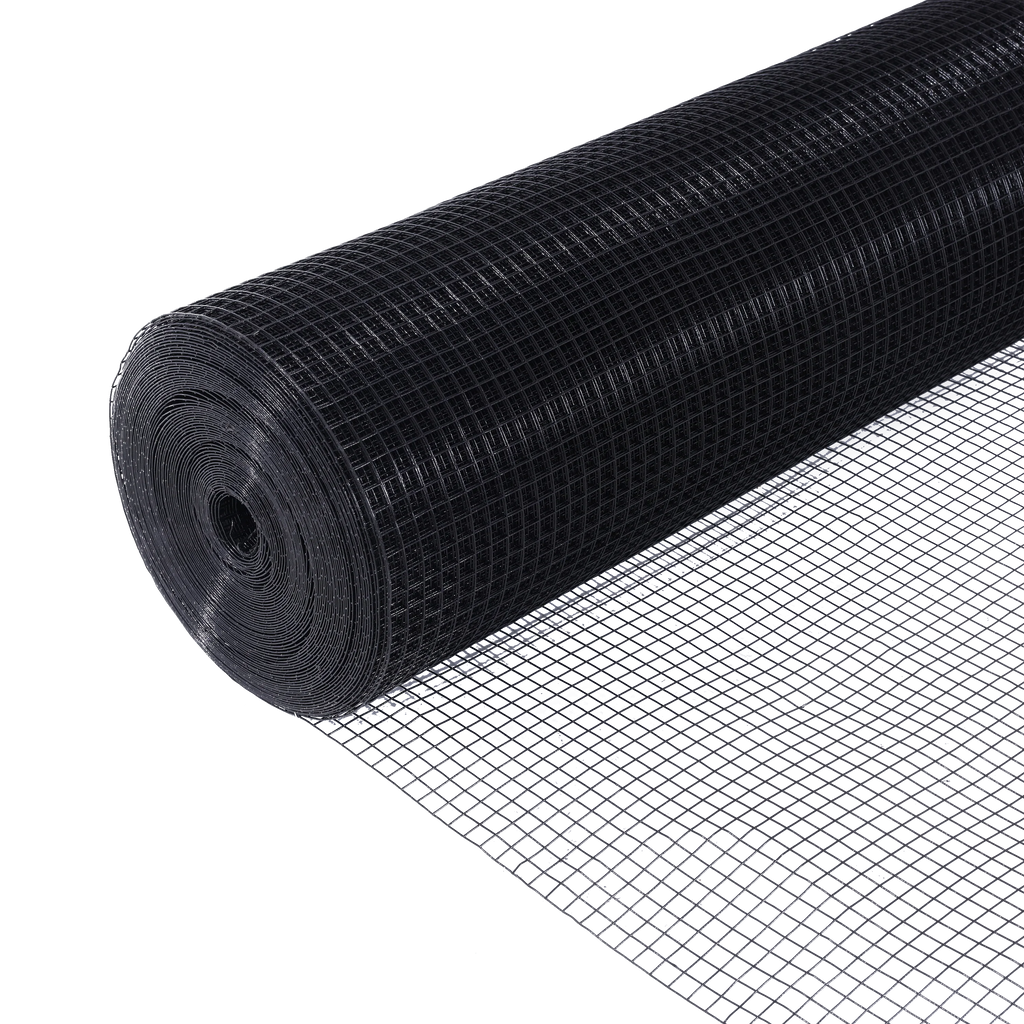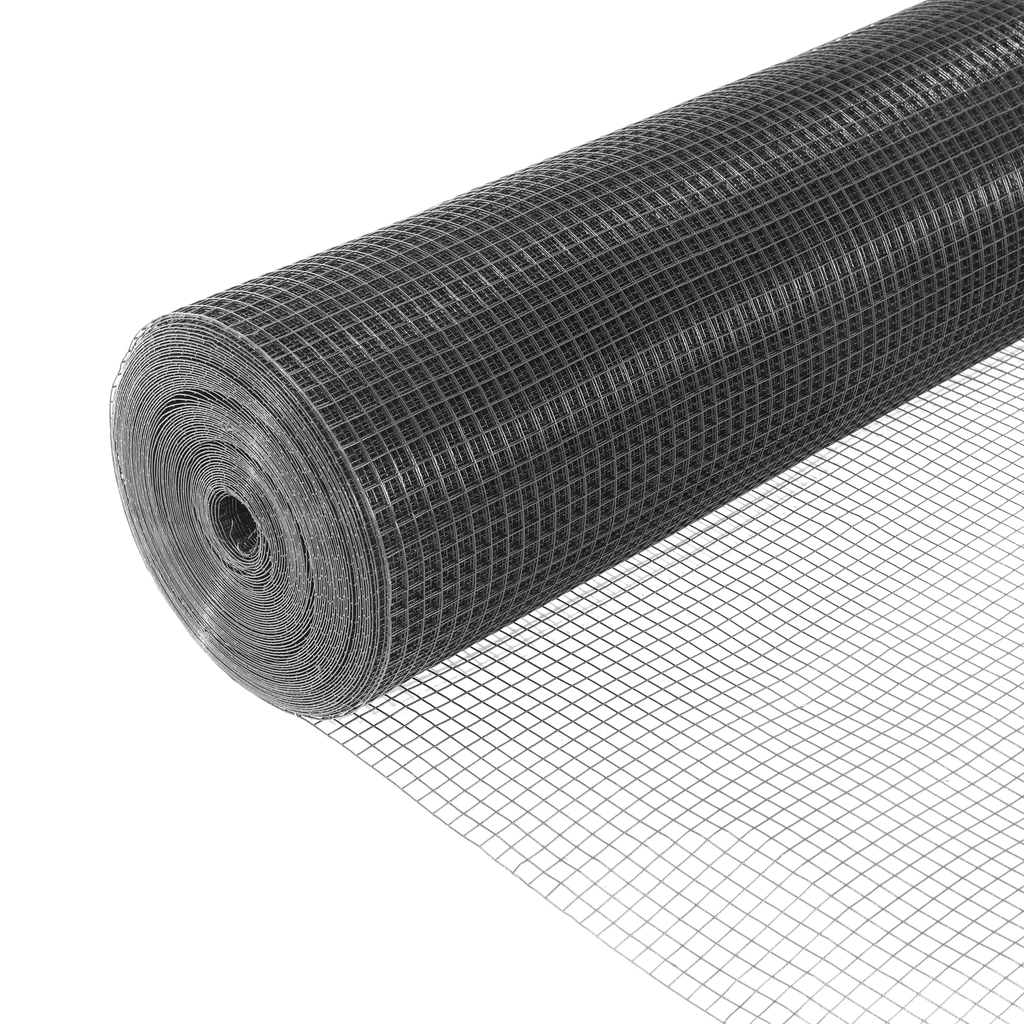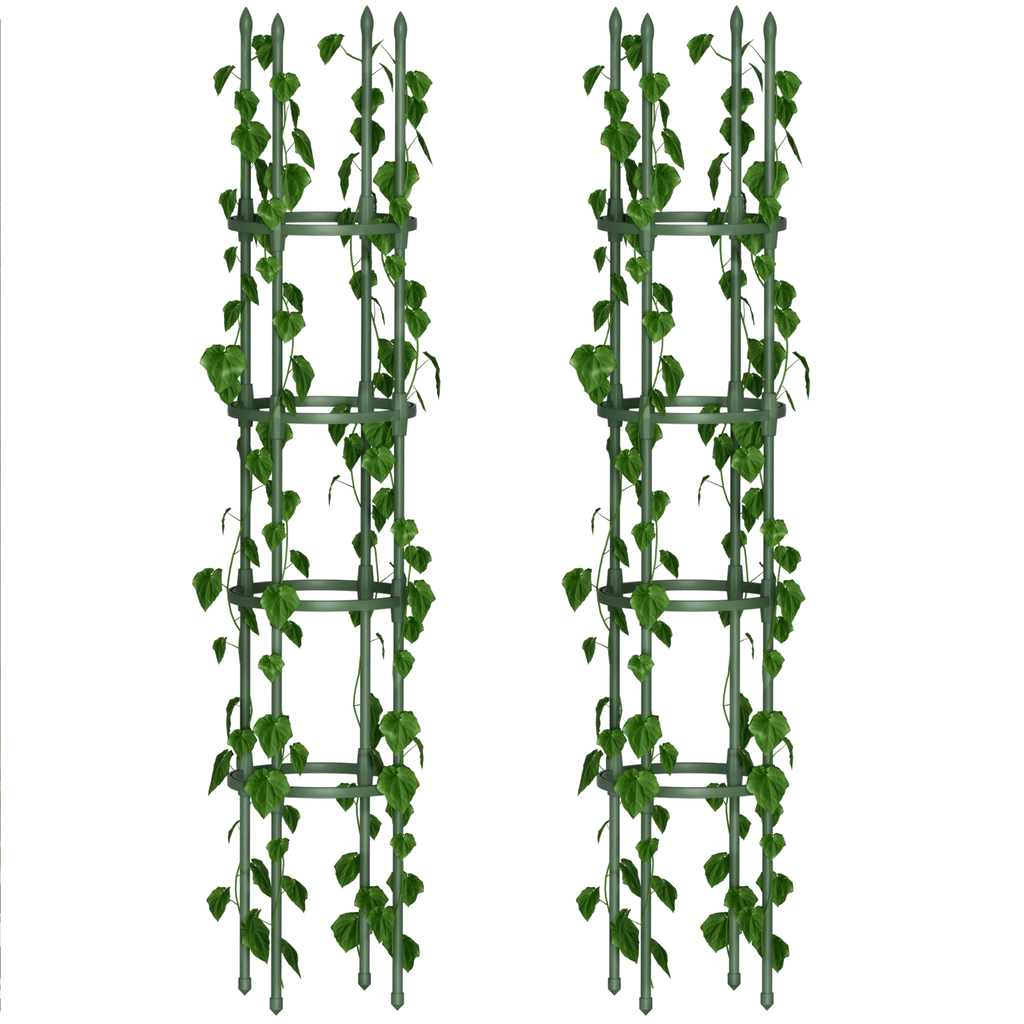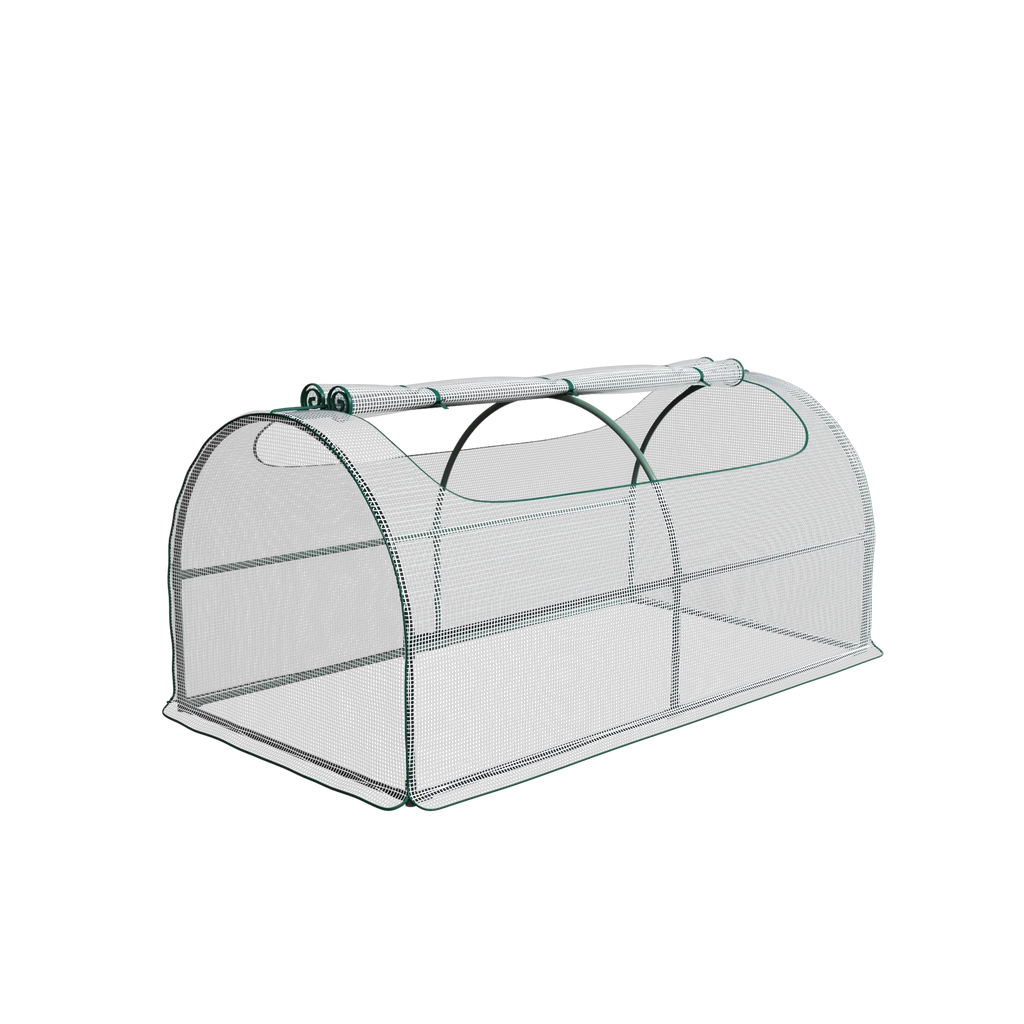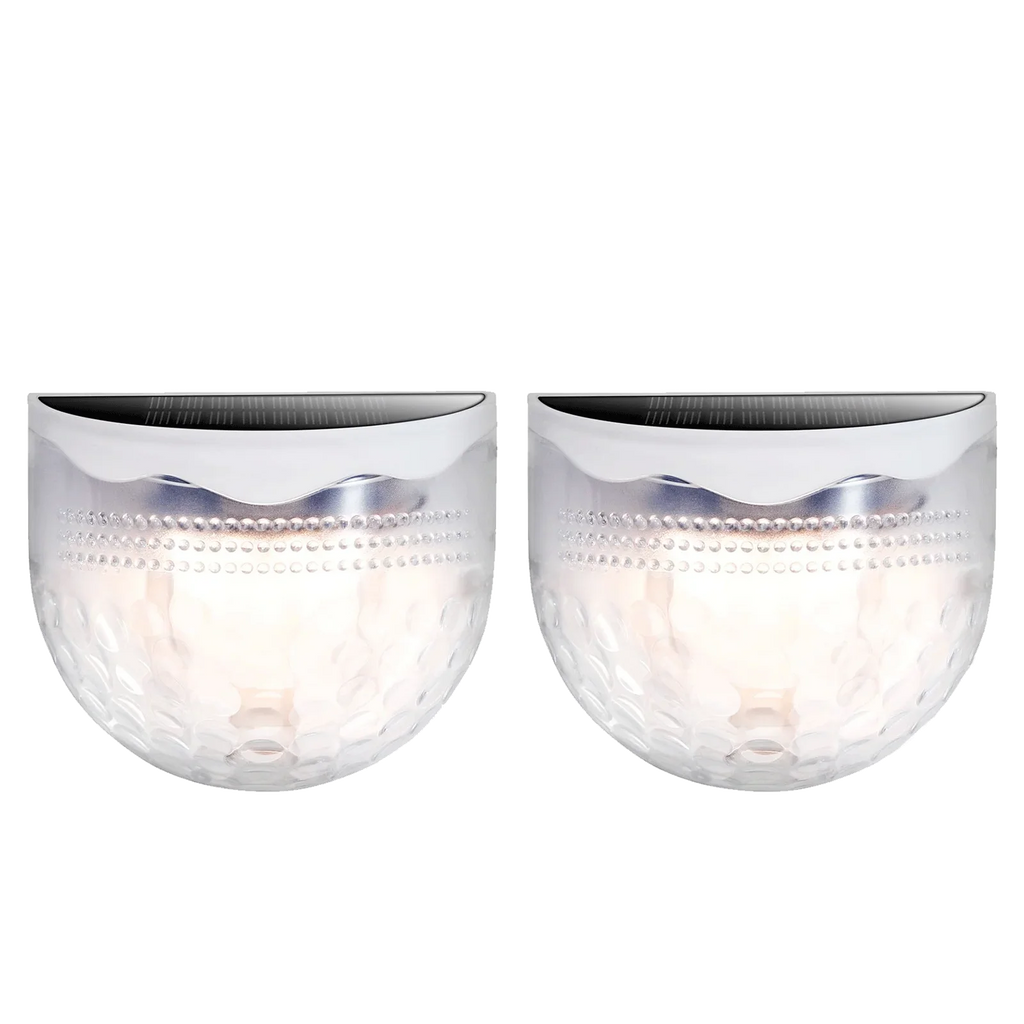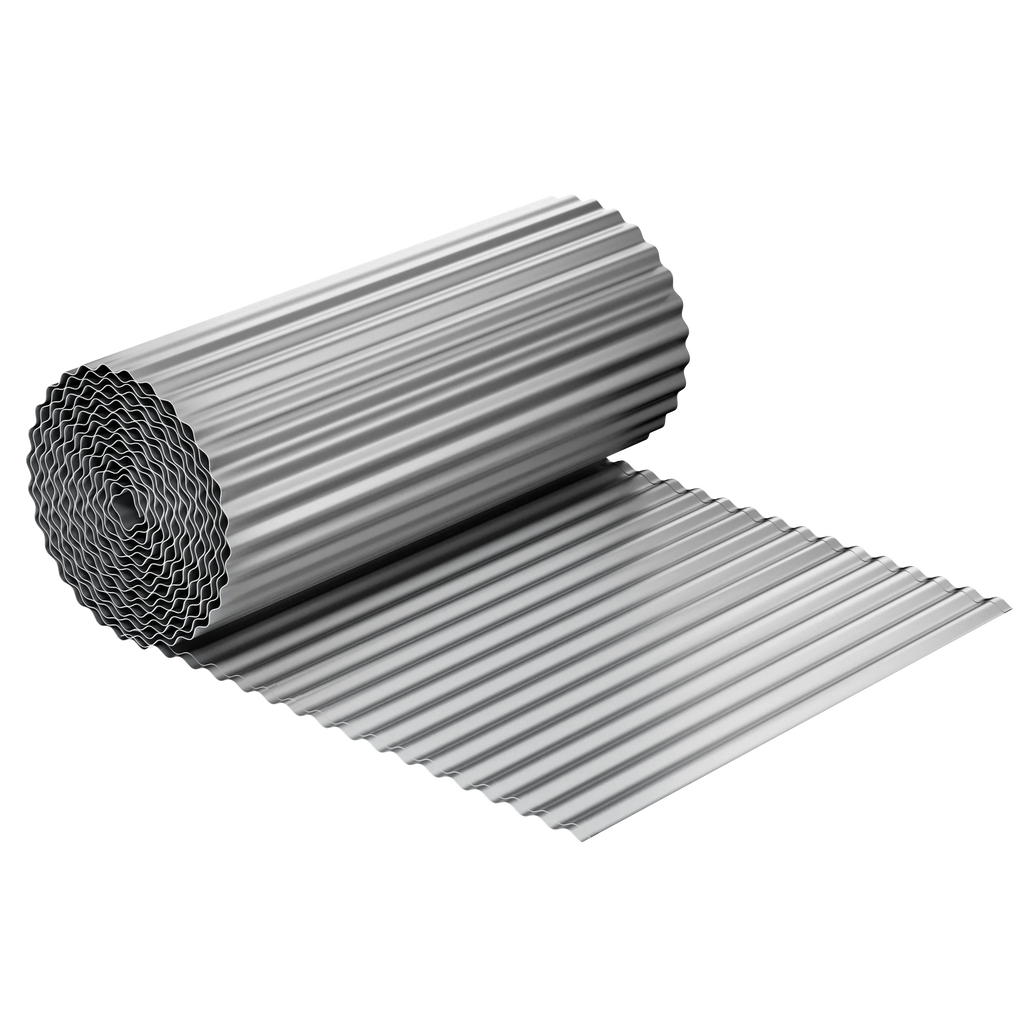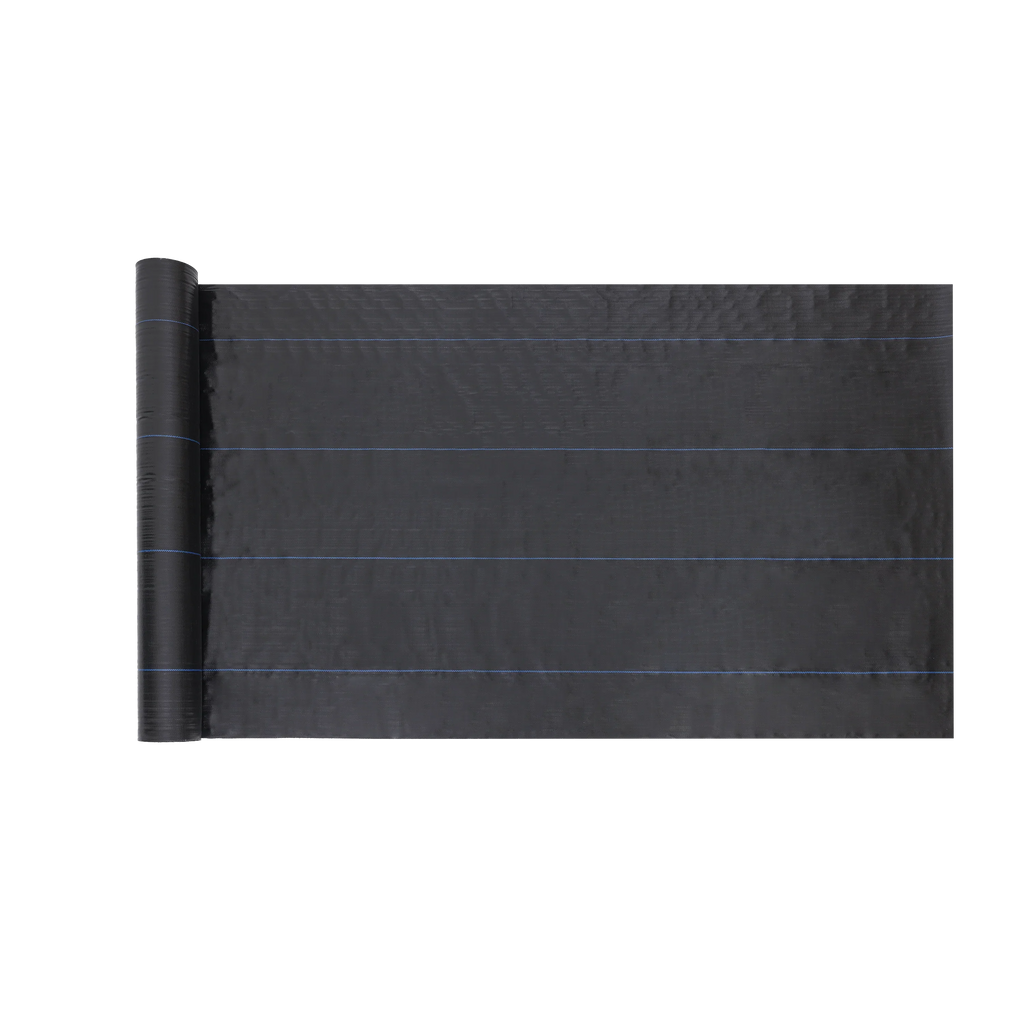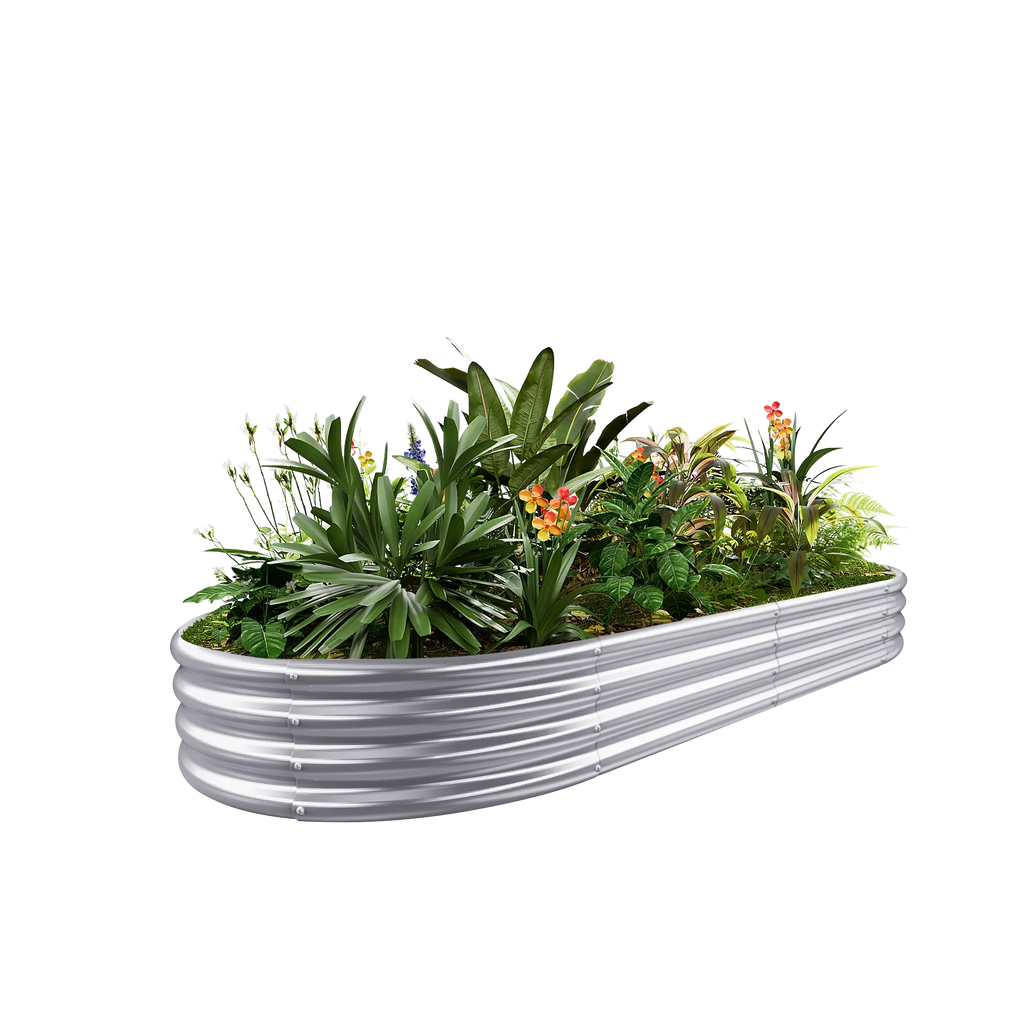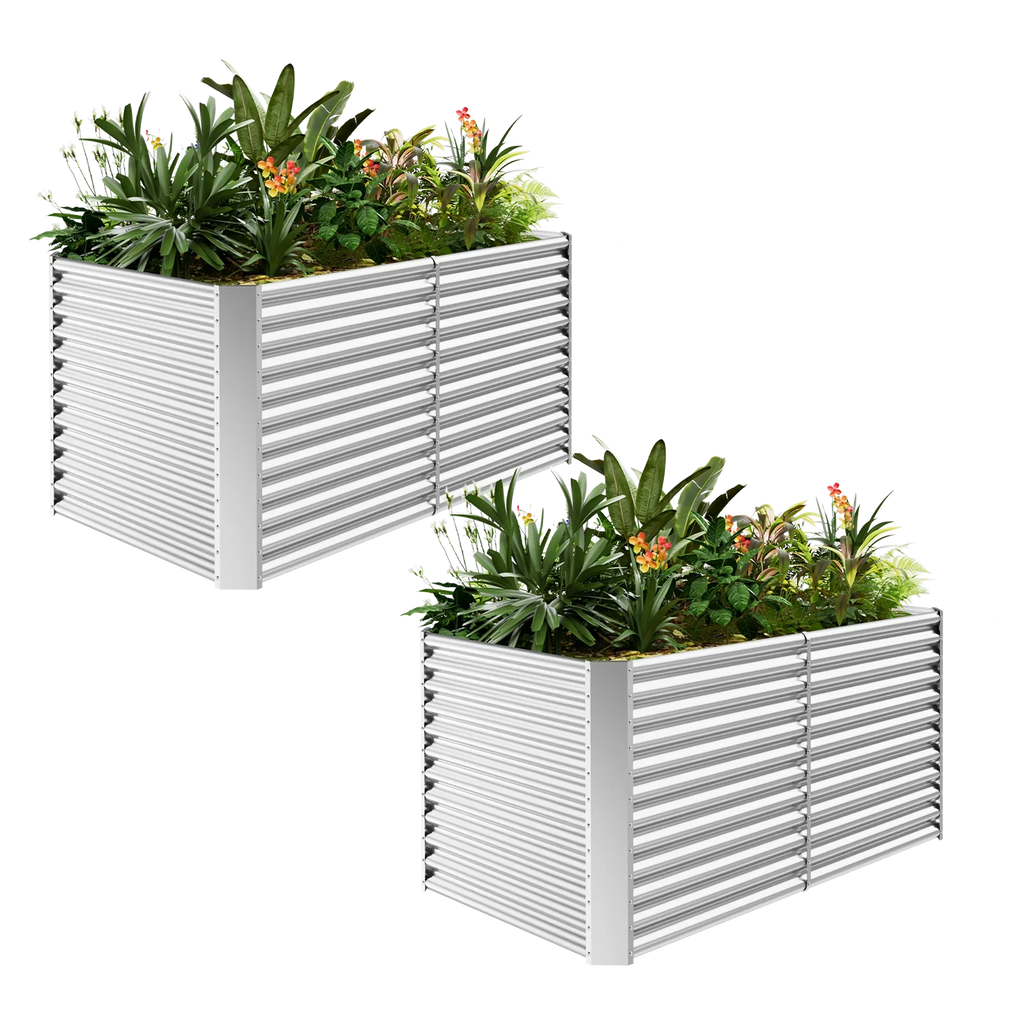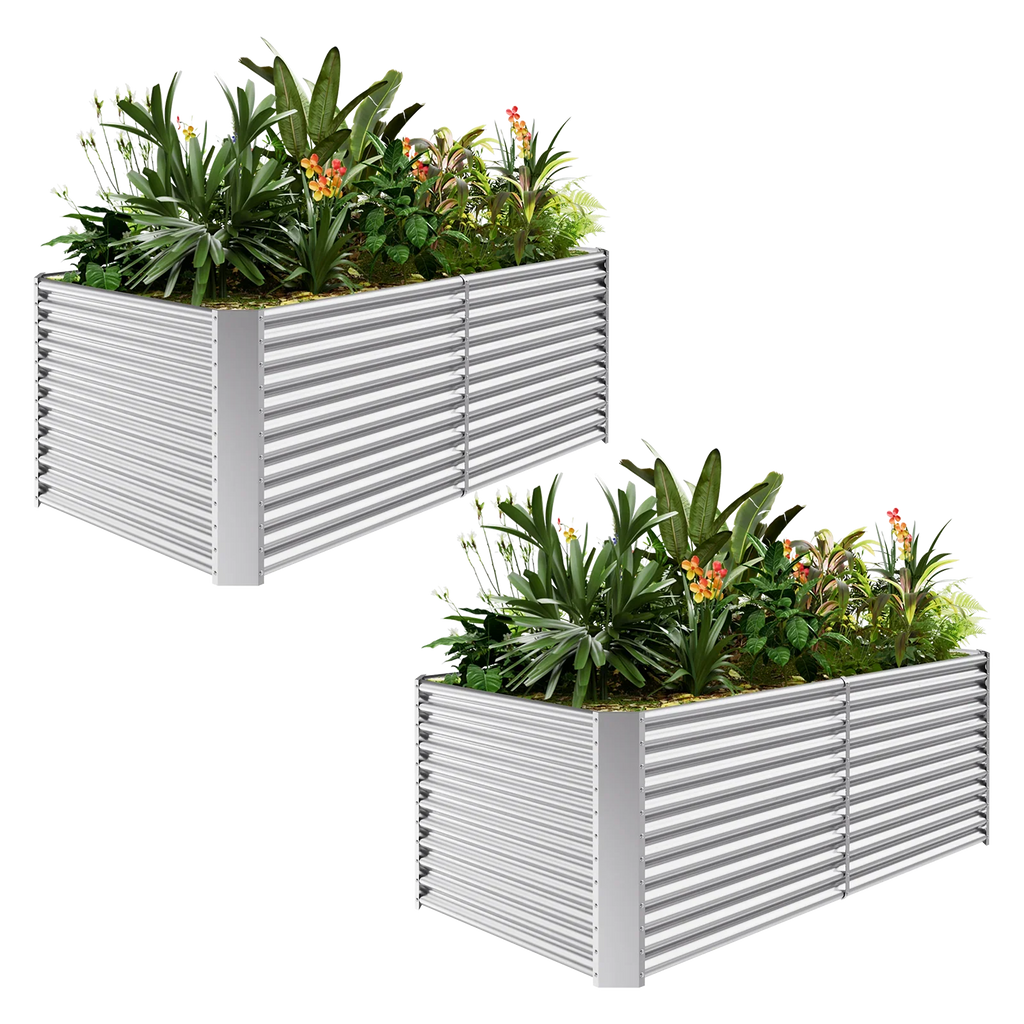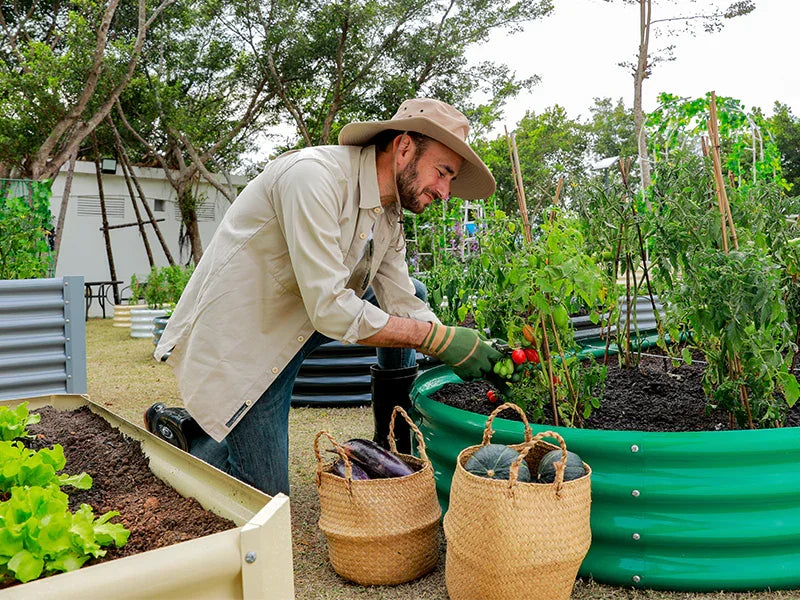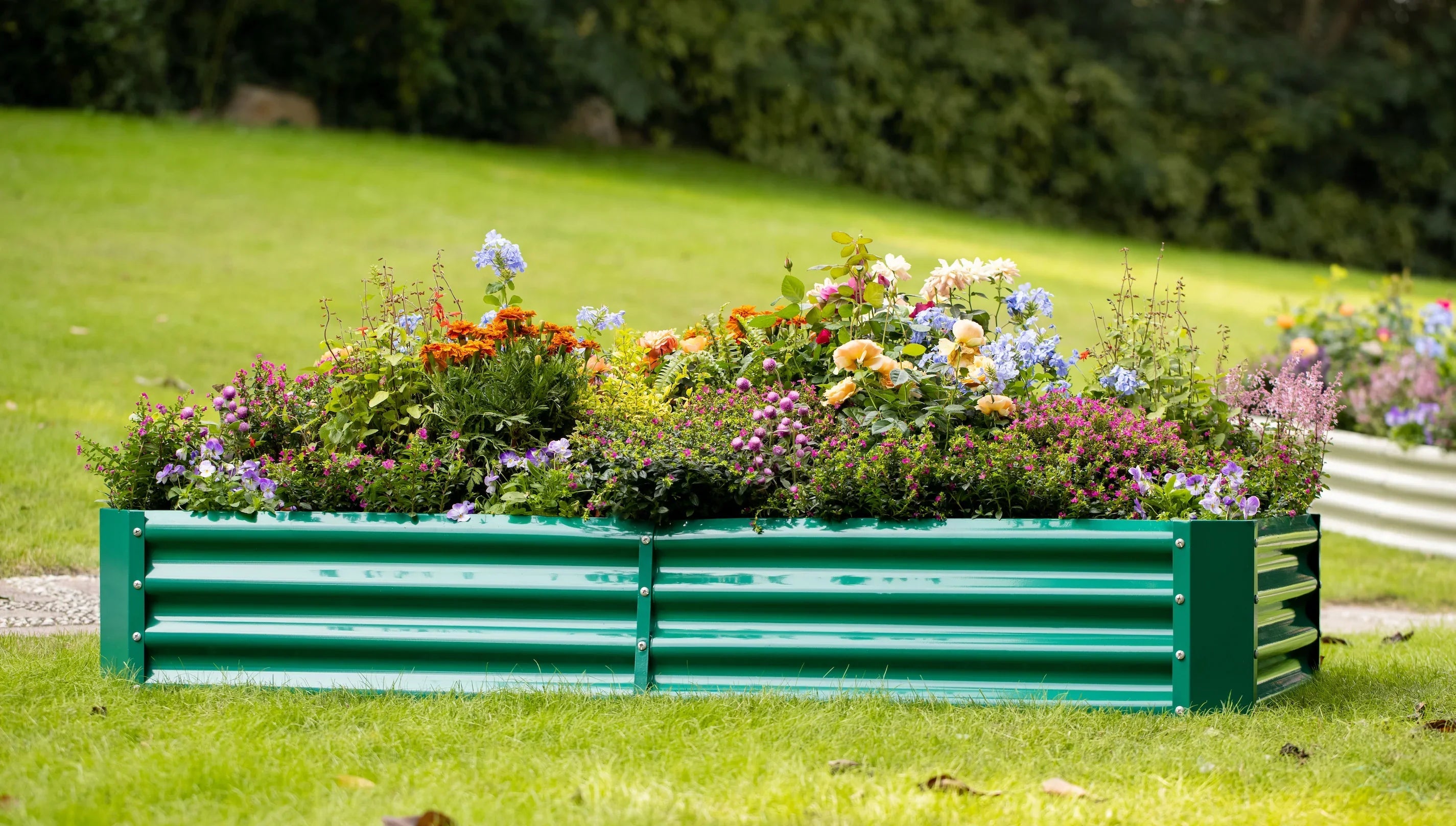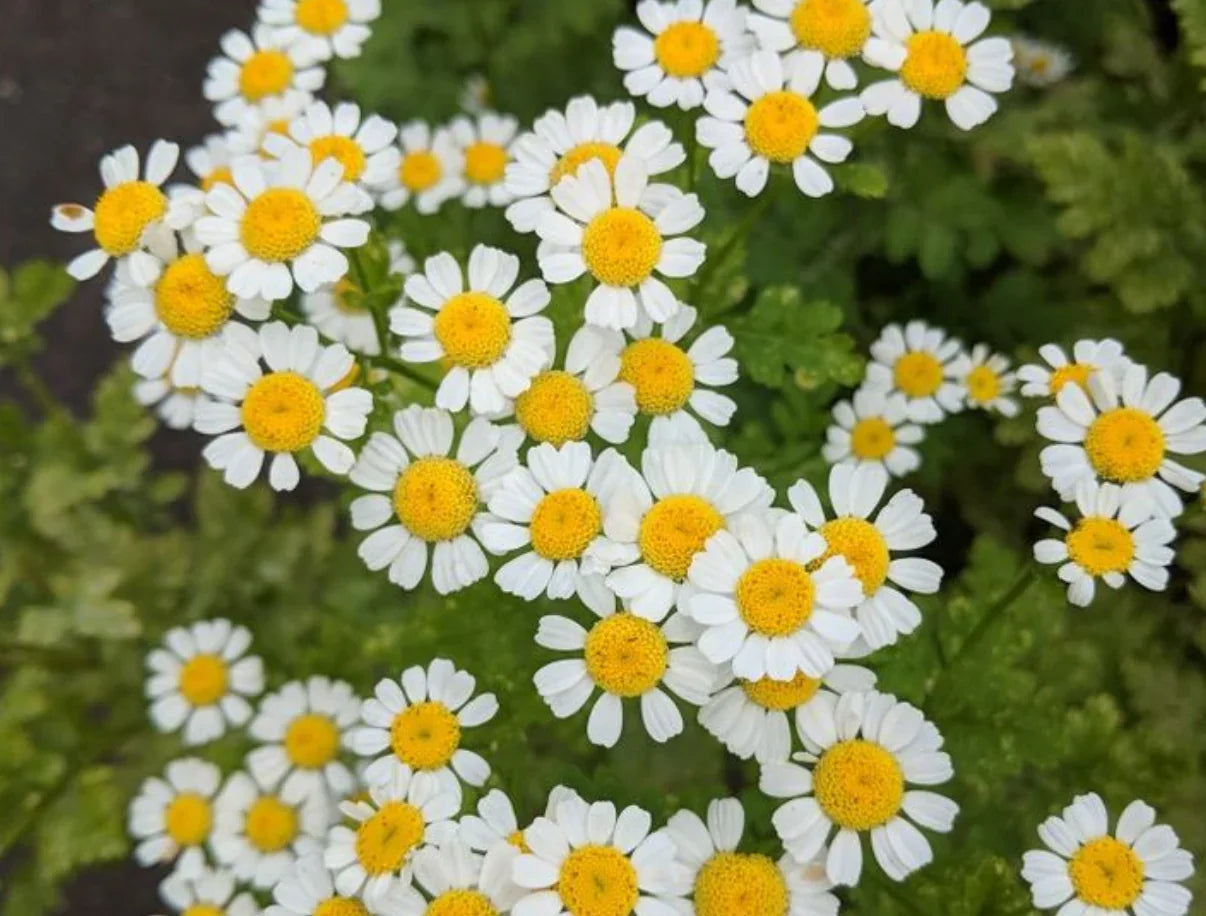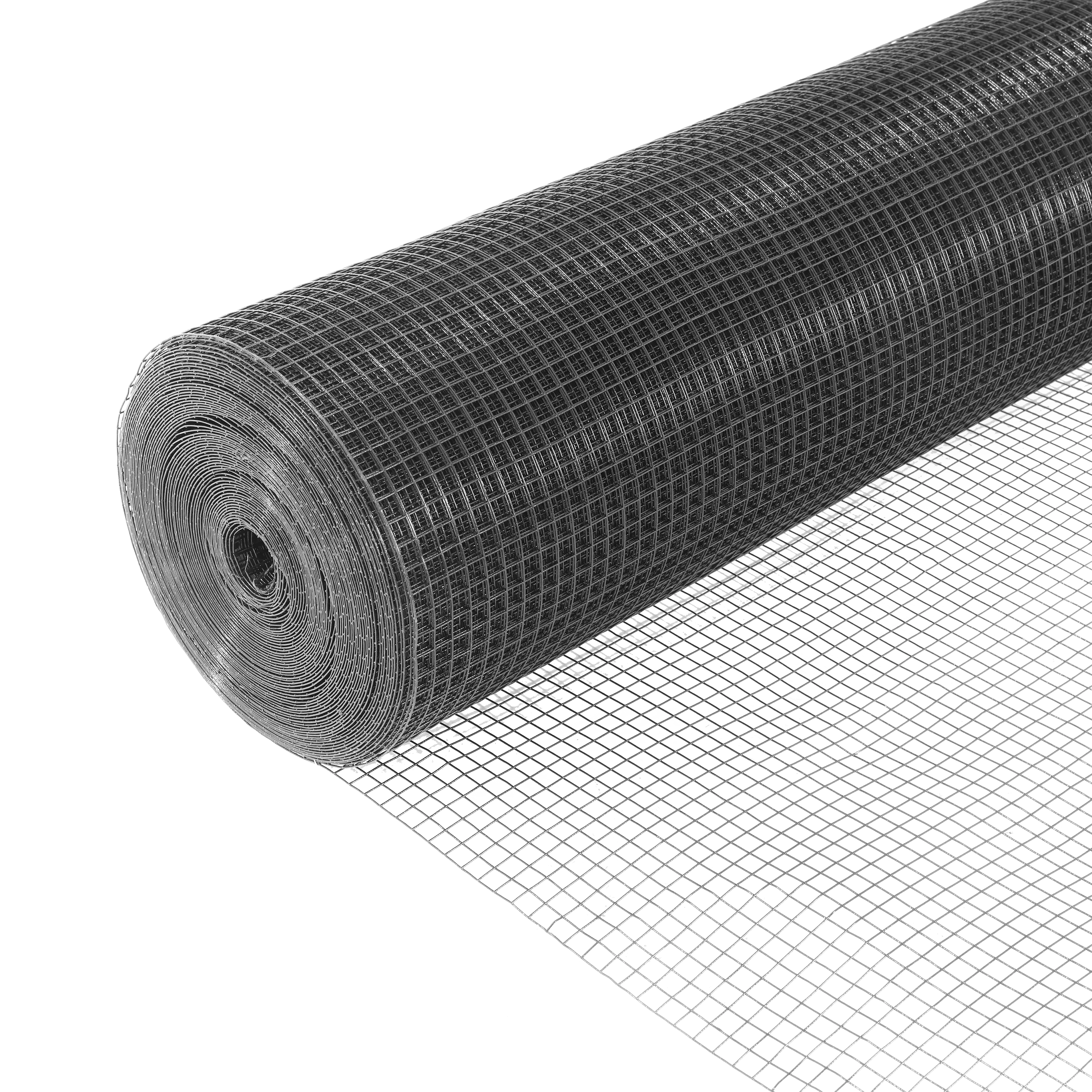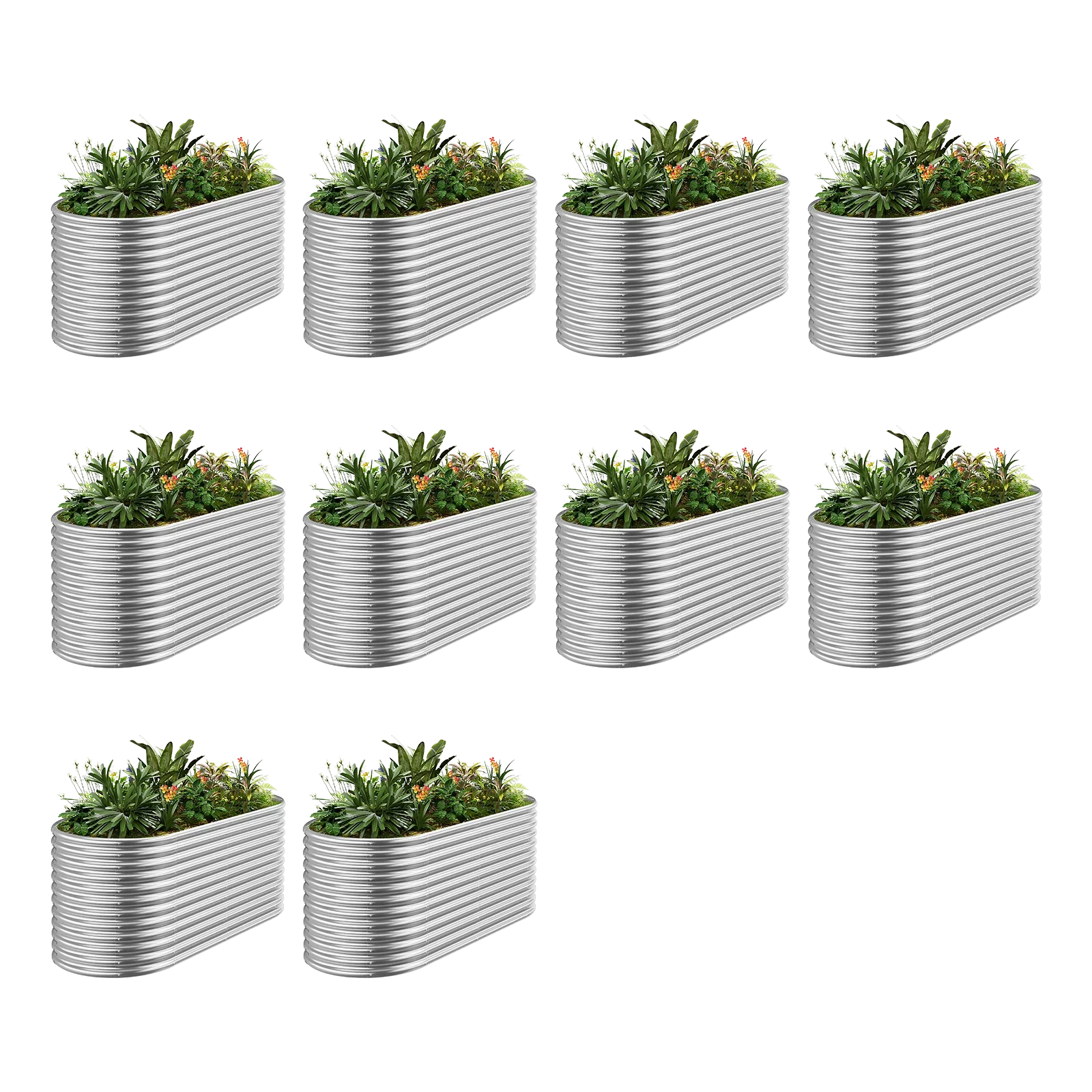Gardening can feel like a juggling act—watering, pruning, weeding, and, of course, fertilizing. But what if you could simplify the fertilizing part? Enter slow-release fertilizers: the “set it and forget it” solution for steady, healthy plant growth. These fertilizers work over time, delivering nutrients gradually so you don’t have to worry about constant applications. In this guide, we’ll explore what slow-release fertilizers are, why they’re a game-changer, and how to use them for a thriving garden with less effort.
What Are Slow-Release Fertilizers?
Slow-release fertilizers are designed to release nutrients gradually over weeks or even months. Unlike traditional fertilizers that dump nutrients all at once, these work like a time-release capsule, feeding plants a little at a time. They come in forms like granules, pellets, or spikes, and they’re perfect for everything from your veggie patch to your houseplants. Whether you’re growing roses or tomatoes, slow-release fertilizers ensure your plants get a consistent supply of nutrients without the hassle.
Why Slow-Release Fertilizers Are a Gardener’s Best Friend
So, what makes slow-release fertilizers stand out? Here are the key benefits:
· Less Risk of Overdoing It: Traditional fertilizers can overwhelm plants if you use too much, leading to “burned” leaves or stunted growth. Slow-release options release nutrients bit by bit, keeping things safe and balanced.
· Keeps Nutrients in Place: Rain or watering can wash away quick-release fertilizers, but slow-release types stick around. This means more nutrients stay in the soil for your plants to use.
· Saves Time and Effort: Instead of fertilizing every few weeks, you might only need to apply slow-release fertilizer once or twice a season. It’s perfect for busy folks or anyone who’d rather spend their weekends relaxing than tending to plants.
These perks make slow-release fertilizers a smart choice for steady growth with minimal fuss.
Types of Slow-Release Fertilizers
Not all slow-release fertilizers are the same. Here’s a breakdown of the two main types:
· Coated Fertilizers: These have a protective coating—often sulfur or polymer—that controls how fast nutrients come out. Warmth and moisture break down the coating, so they work faster in summer and slower in cooler weather.
· Uncoated (Organic) Fertilizers: Made from natural stuff like compost or manure, these rely on soil microbes to release nutrients as they break down. They’re a favorite for organic gardeners and also help improve soil quality over time.
Both types have their strengths, so you can pick what fits your garden best.
How to Use Slow-Release Fertilizers
Ready to give them a try? Here’s how to use slow-release fertilizers effectively:
· Mix Into Soil: For new plants, stir granules into the soil before planting. This gives roots a steady nutrient source as they settle in.
· Top-Dress Existing Plants: For established plants, sprinkle granules around the base and water them in. It’s great for shrubs, perennials, or even potted plants.
· Check the Instructions: Every product is different, so read the label for how much to use and when to reapply. Even slow-release fertilizers can cause issues if you overdo it.
· Pair with Quick Fixes: If your plants look droopy or pale, you can use a fast-acting fertilizer alongside slow-release ones for a quick boost while the long-term supply kicks in.
With these tips, you’ll keep your garden happy with little effort.
A Real-Life Example
Last year, I used slow-release granules for my tomato plants. I mixed them into the soil when I planted the seedlings and didn’t touch them again until harvest time. The plants grew tall and green, and I ended up with more tomatoes than I could eat—all without extra fertilizing. It felt like magic, but it was just the slow-release fertilizer doing its job.
Wrapping It Up
Slow-release fertilizers are a simple, effective way to keep your plants thriving without turning gardening into a chore. They deliver nutrients steadily, cut down on maintenance, and help your plants grow strong and healthy. Whether you’re a beginner or a seasoned gardener, they’re a fantastic tool for a low-effort, high-reward garden. Next time you’re shopping for supplies, grab some slow-release fertilizer and enjoy the “set it and forget it” approach to plant care.


